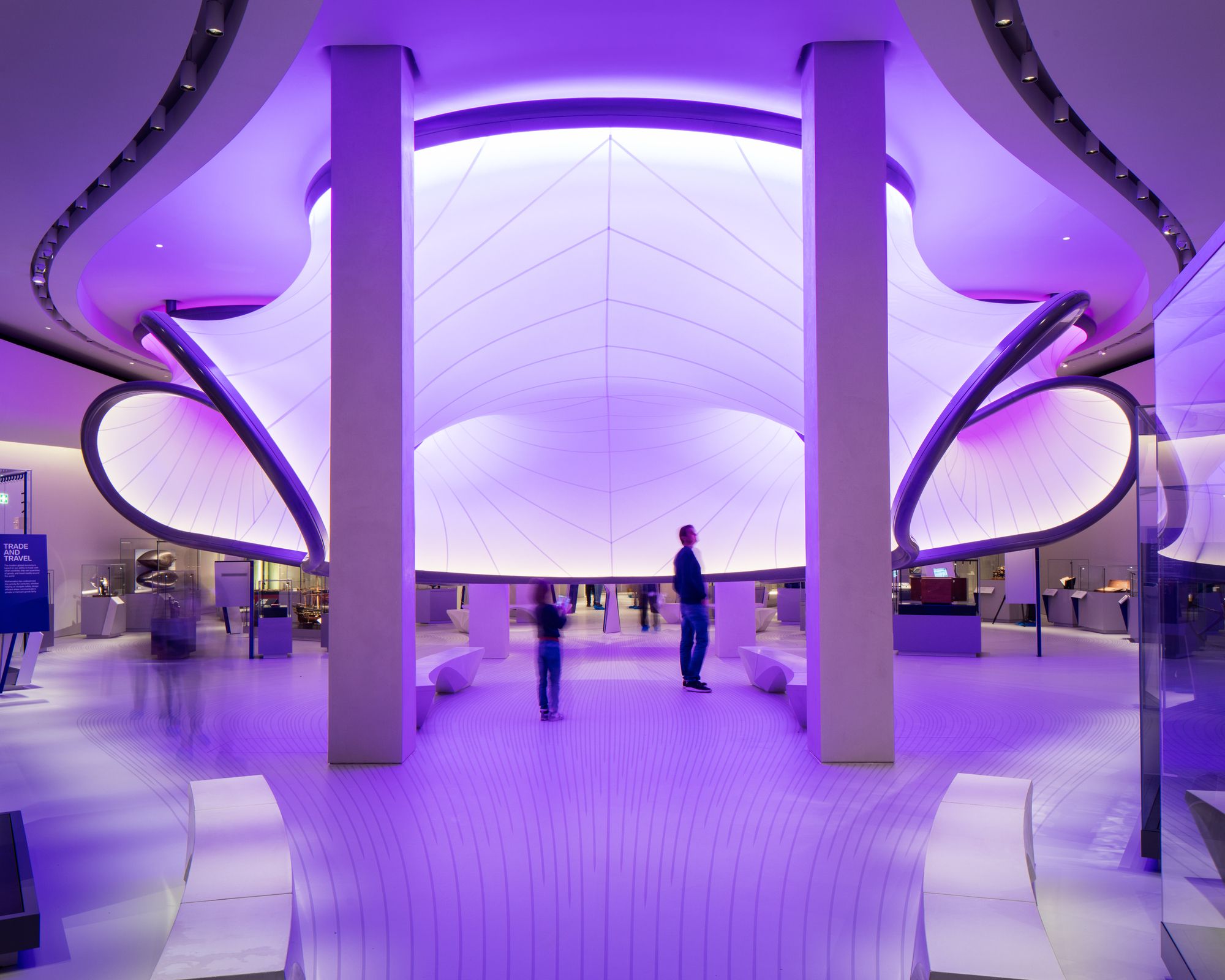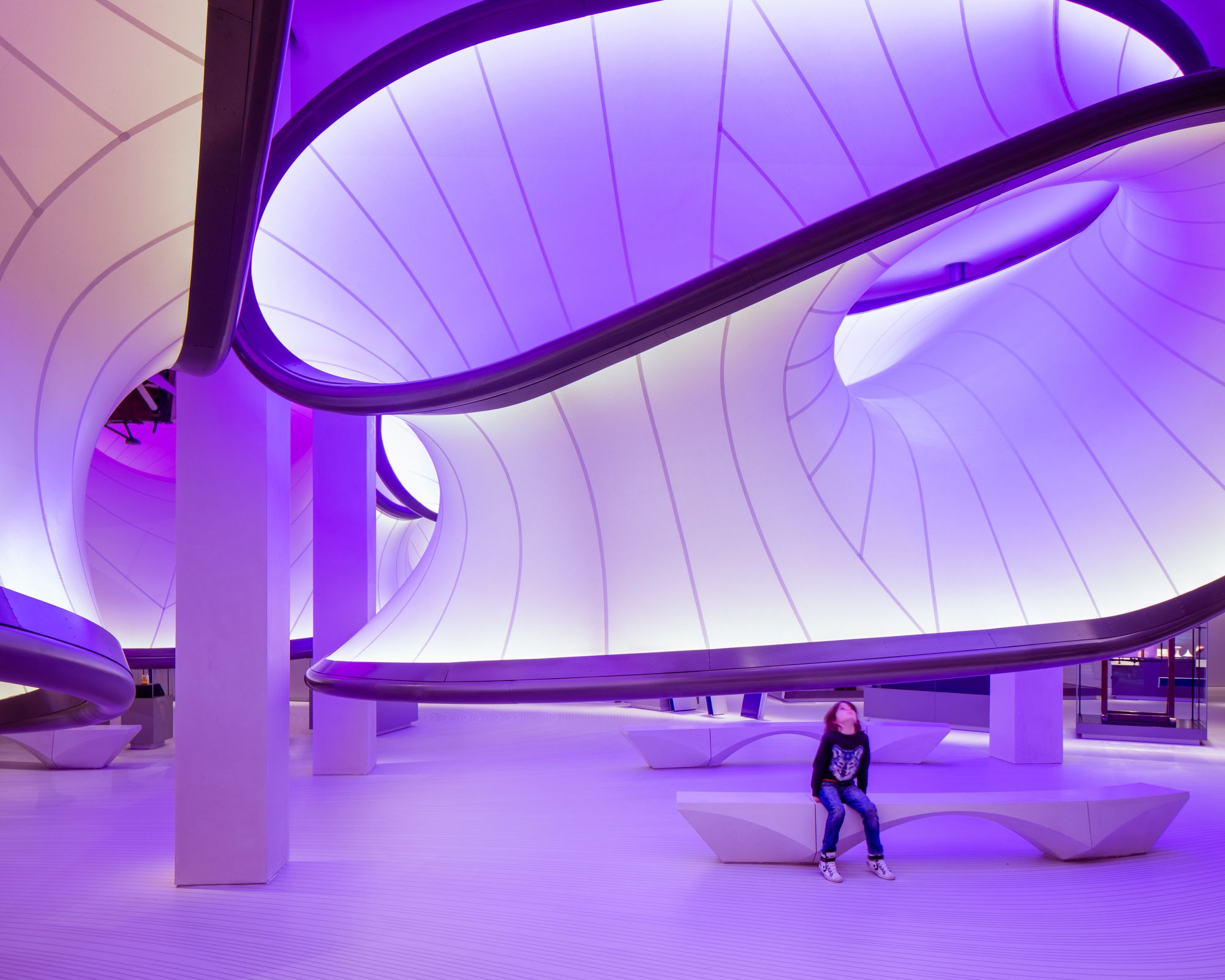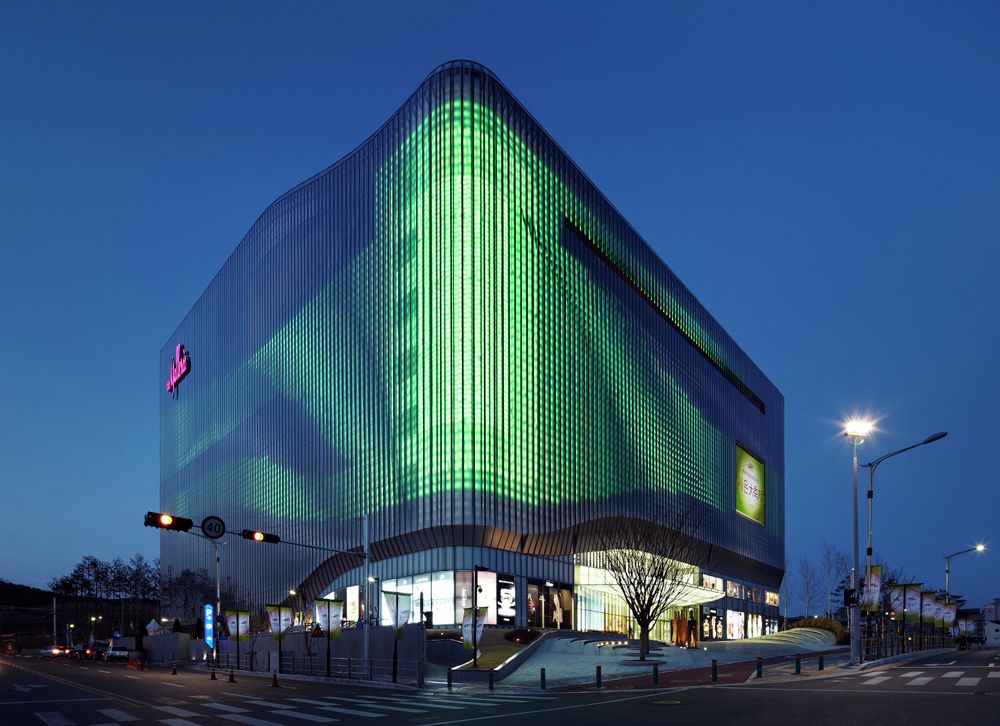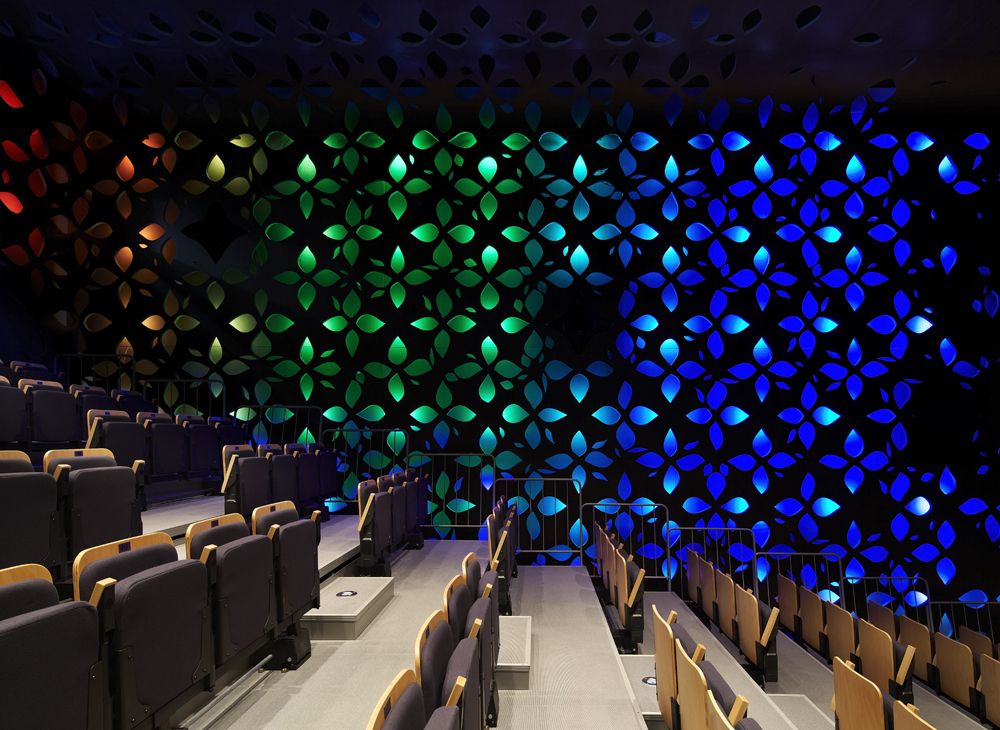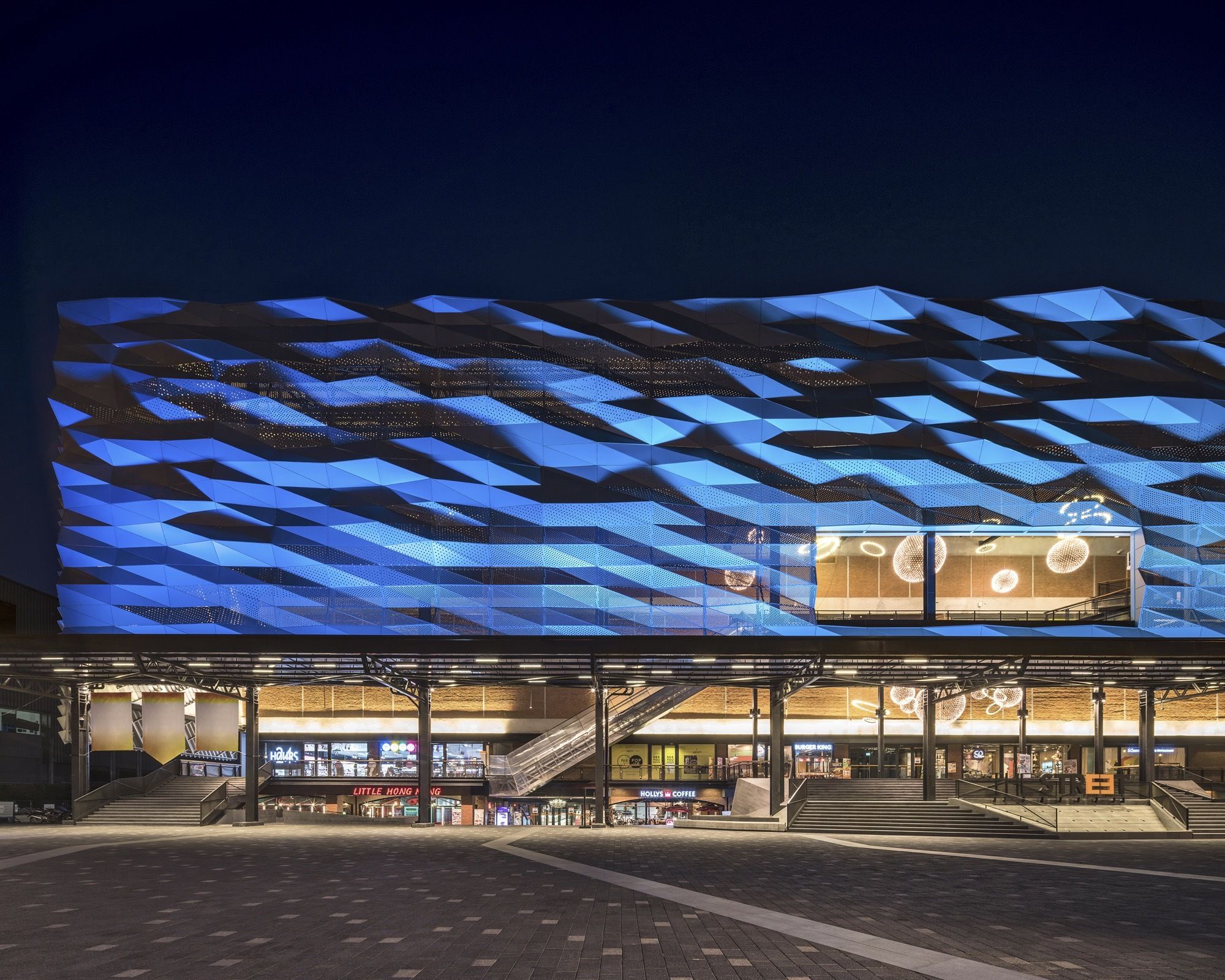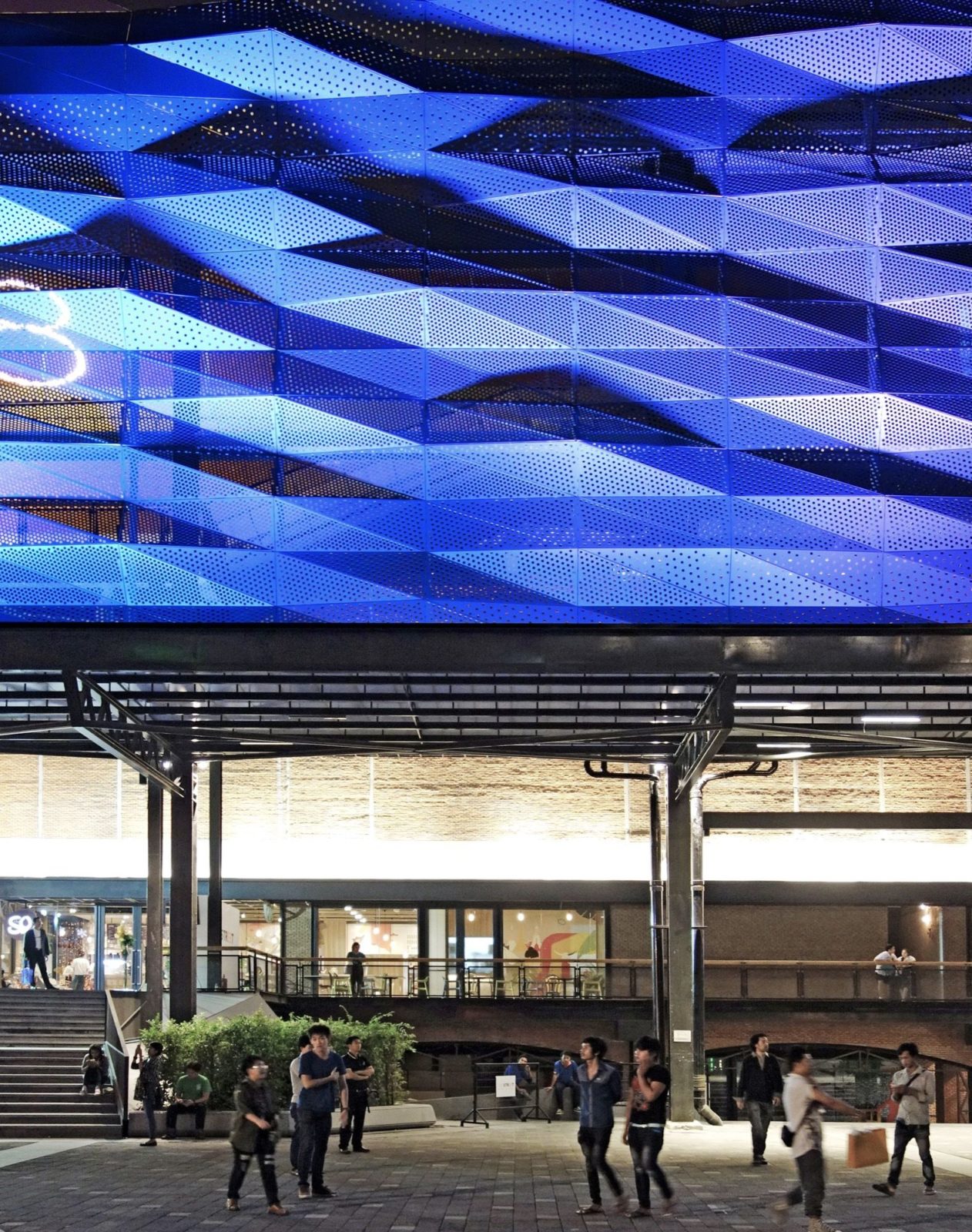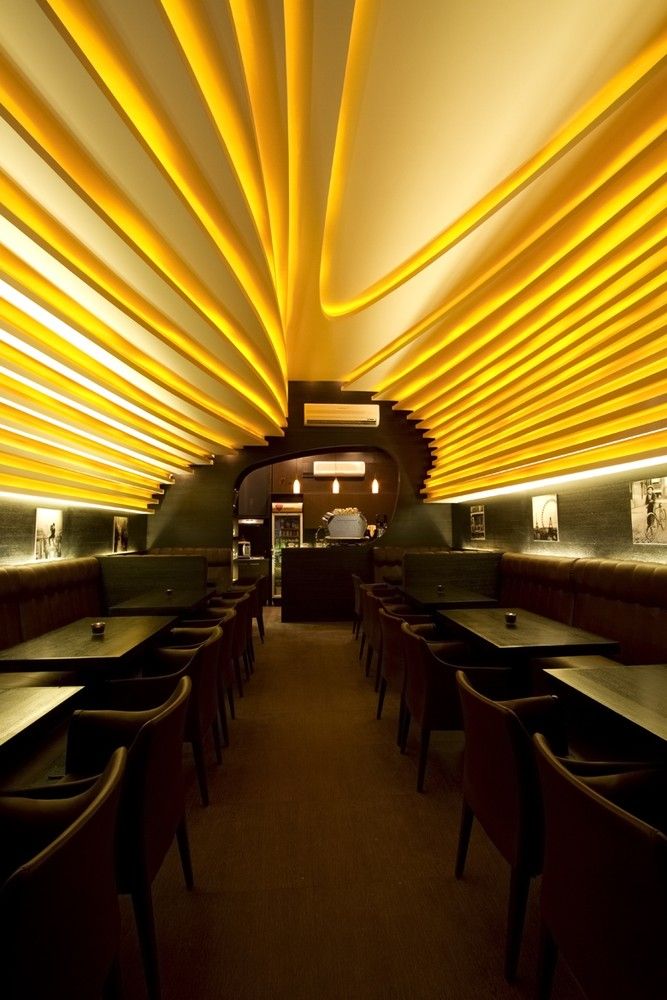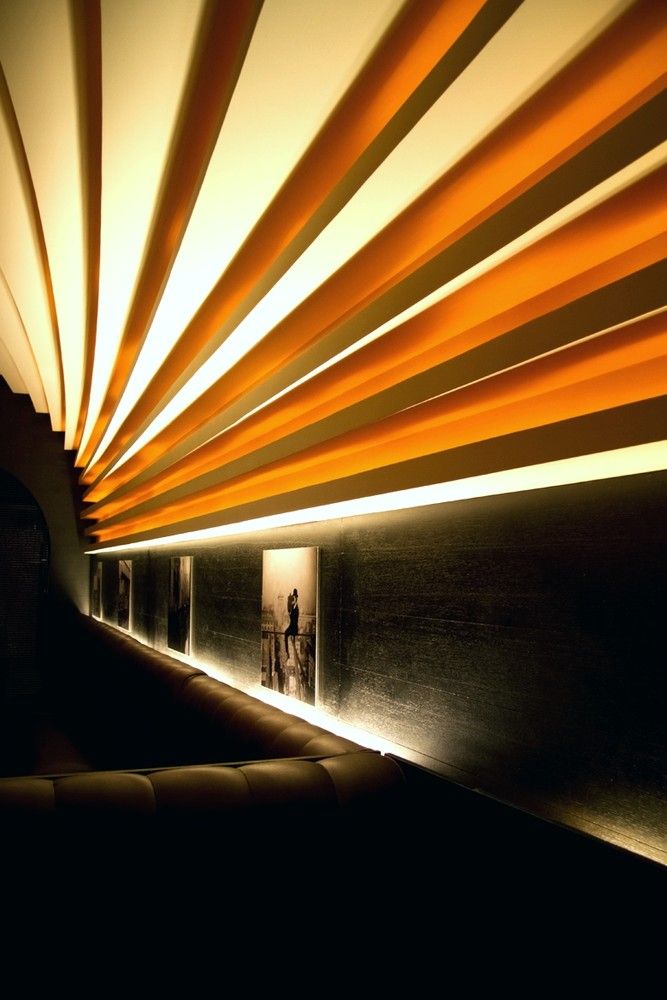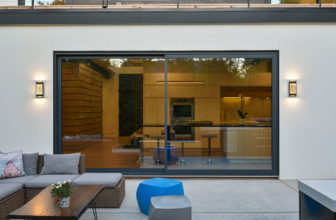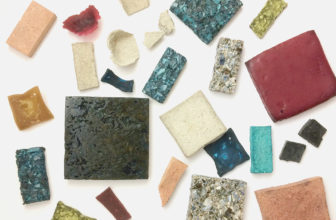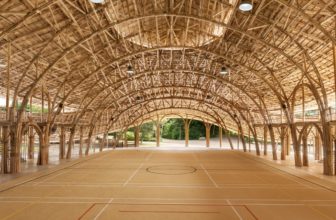Artificial lighting greatly affects the way we perceive and realize spaces—it has always been used as an efficient element to accentuate certain aspects of architecture, create contrast, craft the desired atmosphere, and most importantly, illuminate!
Our ancestors of architects successfully and creatively employed natural light in their interest, leaving us with great examples including Rome’s Pantheon and Athen’s Parthenon, while contemporary architects created masterpieces with natural light likewise, such as Tadao Ando’s Studio of Light and Church of Light. Artificial lighting can, as well, be a powerful tool in architectural design! Since it is more controllable, artificial lighting can take both the aesthetics and functionality of architecture to a whole new level. It can be customized to fit the exact needs of a space, strongly defining its geometry and pointing out its materials and textures.
What is artificial lighting?
The term artificial lighting refers to any man-made light emitted from sources including fire, gaslight, and electric lamps. However, in the modern-day, artificial lighting mostly refers to light emitted from electric lamps. These lamps or lighting devices typically comprise a light-emitting element within an outer container transmitting this light.
Artificial light is controllable—it can be increased, decreased, directed, focused, and colored. There are multiple light sources, the choice depends on the function of the space and the needed quality of light.
The Importance Of Artificial Light In Architecture
- Artificial light replaces natural light during the night, or in areas where natural light does not reach.
- It is a powerful element in both interior and exterior design.
- The type and quality of artificial light can affect the moods and health of the users of a space.
Examples of Projects That Used Artificial Lighting
1. The Winton Gallery at The Science Museum | Zaha Hadid
The British museum’s theme focuses on the scientific and technological advances of mankind. The design of the mathematics gallery by Zaha Hadid is an artistic representation of mathematics itself—the gallery is inspired by the airflow of a moving airplane as it represents a calculated air tunnel caused by the movement of an airplane. The ‘breath-taking environment’ of the gallery goes back to the impressive artificial lighting design by Arup.
The British engineering company designed a mix of blue and purple light that conveys the atmosphere of an airplane and draws the visitors’ attention to the details of the design. According to the jury, the lighting plan is ‘stunning and almost more interesting than the exhibit itself.’ It was granted an Award of Merit.
2. The Moiré Effect of Galleria Centercity | UNStudio
This department store in Cheonan, South Korea designed by the Amsterdam-based UNStudio is one of their remarkable works. The magic lies in the buildings’ facade that comprises two thin layers of lamellas that create the so-called moiré effect. The effect is created because the two identical and transparent layers are superposed above each other and slightly rotated from one another.
To increase the dynamicity of the facade the designers included special artificial lighting within the facade, the changeful lighting makes the building an interactive one as it changes its appearance all the time. Artificial lighting is a prominent feature in the interiors of Galleria Centercity as well.
3. Baha’i Temple of South America | Hariri Pontarini Architects
The long-awaited Baha’i Temple in Santiago, Chile opened almost a hundred years after the Baha’i faith first arrived in Chile in 1919. The temple is designed by the Canadian architect Siamak Hariri and it took fourteen years to be realized. Artificial light is a significant element in the Baha’i Temple—the translucent petals of the dome that is shaped like a giant flower allow the temple to glow up at night because of the artificial lighting emitting from the inside. The jury granted the lighting designer firm Limari Lighting Design the Award of Excellence for this project. Artificial light is integrated into the interiors cleverly, as well, to create a soft and warm atmosphere.
4. The Street Ratchada | Architectkidd
Trying to introduce public and urban features in a newly developing neighborhood in Bangkok, Architectkidd designed new exterior and semi interior spaces by renovating an old building to be The Street Ratchada. The building’s facade interacts with the open plaza and the interior retails.
The unique material of the facade gets dematerialized during the night giving a surreal effect because of the artificial lighting incorporated into it. With this project, Architectkidd attempts to break through common expectations of what might be considered a purely commercial large-scale building type and to inject a diversity of urban and architectural scales into a rapidly developing area of Bangkok.
5. M Coffee | Hooman Balazadeh
M Coffee in Tehran, Iran is designed by the Iranian firm Hooman Balazadeh. The designers wanted to avoid visual clutter and reach a calming and softened atmosphere, hence they chose two materials of two colors. The sweeping ceiling is generated from two curves that deform into each other from which artificial light is recessed.
Hidden lighting devices are incorporated into the coffee house to achieve the desired atmosphere with mitigating glare and harshness. There is an incredible sense of calmness to this space, yet it is also subconsciously exceedingly strong and vibrant.


